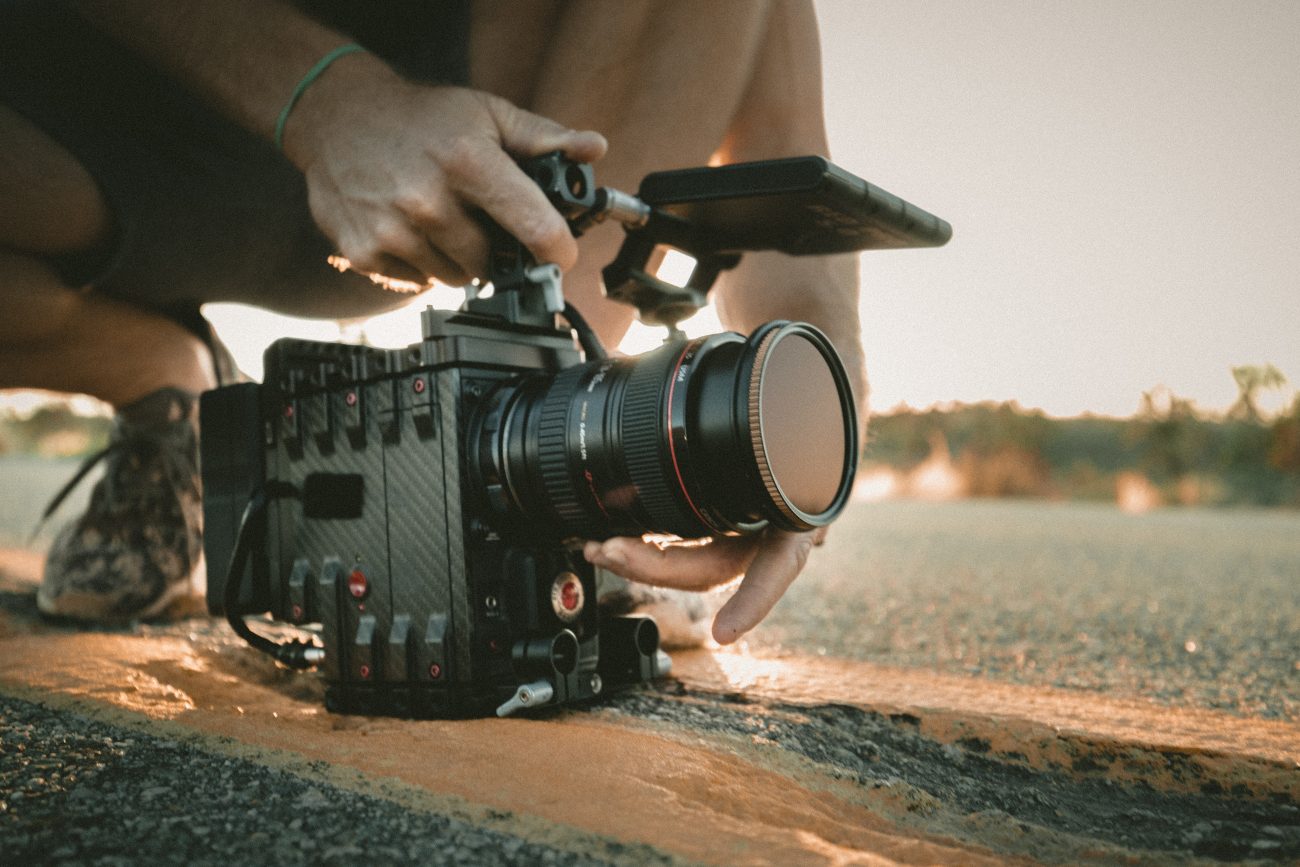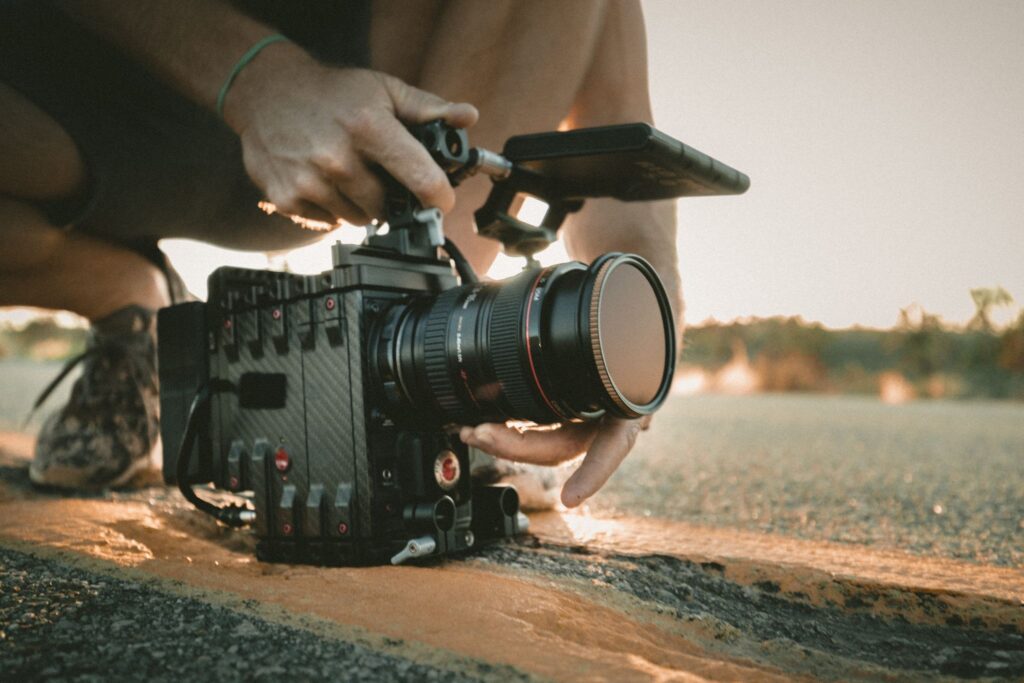
You want to buy nice things for your life and business, but how do you know if you can truly afford it?
We follow this 5-step process to help with our buying decisions. At the end of this day this is how we buy nice things (and you can, too!)
A. See nice thing and check price.
B. Check used price it sells for (make sure it holds some value over time).
C. Think about how long you’d use said thing until you sell, upgrade, or retire it.
D. Take retail price (A) and subtract used price (B).
E. Ask yourself, would I rent this item for that amount of time (C) for this price point (D)?
If your answer is yes, buy it!
How to Buy Nice Things For Your Business
Real Life Example: How we bought a $20,000 RED Camera for our video marketing agency.
A: $20,000 retail price
B: $15,000 used sale price
C: 5 years of usage before we sell or upgrade
D: $5000 out of pocket difference
E: Would we rent a $20,000 camera for $1000/year (83.33/mo)? Yes we would.
Bonus things that confirmed this investment:
- If we do just one project a year with the camera—it pays for itself.
- The camera helped us raise our prices and create more value for our clients, therefore charging a higher price point.
Even if the resell price drops significantly owning the camera will be well worth it.
The RED camera was a money-making business investment example that paid off financially.
How to Buy Nice Things For Your Life
Let’s take a look at a closer to home example.
We’re having a baby and there’s tons of different baby stuff out there ranging from free to expensive.
Buying the nicer thing doesn’t pay you back monetarily, but can save you time or give you convenience.
We splurged and bought a Snoo. It’s a $1295 bassinet. (LOL right?!? Baby industry be cray.)
Most people see that price and say, we CAN’T afford that. We found one used for $800.
Let’s go through the 5-step process again:
A: $800 retail
B: $600 used sale price in 1-2 years
C: 1 Year Usage (6mo/baby for 2 kiddos)
D: $200 max out of pocket difference
E: Would we pay $200 for the potential opportunity to sleep more every night? Yes.
Now I know sleep or how well the baby likes the fancy thing is not guaranteed, but I’ll take my chances at that price. That’s not much more than the average bassinet without all the fancy “raise your child for you” type features.
Poverty vs. Abundant Thinking
I could write endless examples about how we’ve done this over the years. But know one thing: we started very small.
A lot of people first think when it comes to investing in nice things (or investing in anything really) is “I can’t…” OR “I don’t have… (time, finances, ability, skills).”
If you can shift from poverty thinking to abundant thinking it changes everything. Poverty mindset is anything that leads with “lack of”.
If you catch yourself saying “I can’t” see if there’s a way to shift to “how can I?”
If you catch yourself saying “I don’t have” shift to “I have.”
At the end of the day this isn’t just about buying nice things. This mindset shift will serve you as an entrepreneur for years to come.
Learn to be resourceful and multiply what you DO have instead of focusing on what you’re lacking.
I wanted to share these practical real life examples because money is a tangible place for most people to start to breaking a “poverty mindset” off their life.
Once you step into an abundant mindset around money, expand the framework into other areas of your life.
Let’s make 2020 the year we step into freedom in this area of our mindset and stop letting money make our decisions once and for all.
Ready to reframe your thoughts on money? Get our Money Mindset Guide here.


